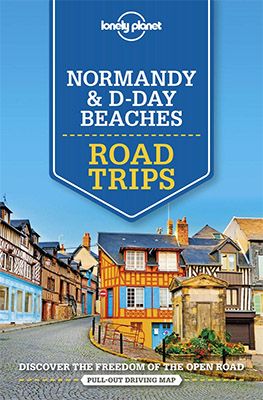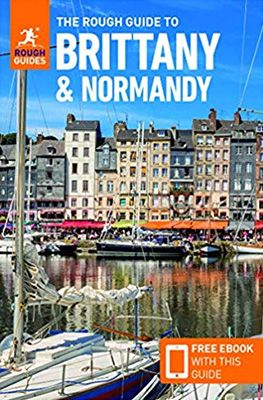The Normandy region has many tourist highlights and beautiful landscapes. Characteristic of the region is the rugged coastline with its impressive chalk cliffs. The views of the coastal roads are fantastic here. In addition, between the rocks there are beautiful beaches and Normandy also has many apple orchards. The apples are used for cider and calvados, two well-known regional specialities. We list the highlights of Normandy for you below.
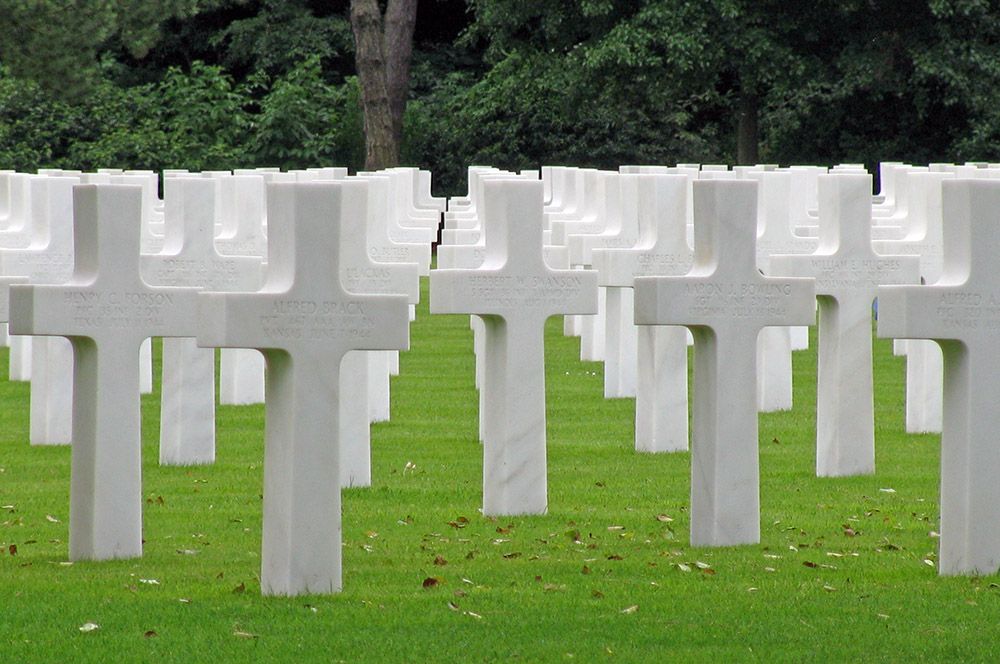
Highlights of Normandy
Mont Saint-Michel
The island of Mont Saint-Michel is the icon of Normandy. A walk through the narrow streets to the beautiful abbey is the highlight of a visit to Normandy for millions of tourists from France and abroad. We have dedicated a separate blog page to Mont Saint-Michel with many practical tips.
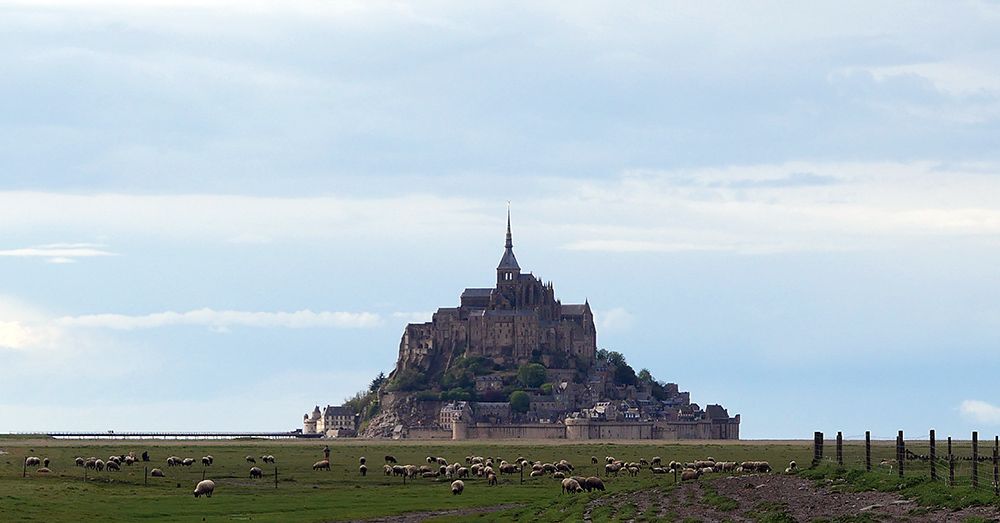
Rouen
This beautiful city on the Seine should not be missed during your visit to Normandy. Due to its open connection to the sea, the city has always been of strategic importance. Thanks to the sea trade and industry, Rouen has flourished. The right bank of the Seine has many beautiful houses with wooden façades, cobbled streets, Gothic churches and many marble works of art as an attraction.
A visit to the Notre Dame Cathedral is a highlight. The construction of this beautiful Gothic building took over 300 years. Both the exterior and the interior of this church are worth a visit. In the church you will find the tomb of Richard the Lionheart. His heart is buried here. The famous painter Claude Monet was fond of the Cathedral and has immortalised it no less than 30 times in his paintings. Most of them hang in the Musée d’Orsay in Paris.
From the Cathedral, you walk over the Rue du Gros Horge. This street with beautiful half-timbered houses and beautiful shops brings you to the Gros Horge, a bell tower, which has a very special astronomical timepiece.
Rouen is also known for Joan of Arc. In 1431, she was sentenced here by the English and burned at the stake. On the spot where it happened is the modern church, the Église Sainte-Jeanne d’Arc. The stained-glass windows are beautiful.
A city trip to Rouen is an ideal start or end to a delightful holiday in Normandy. Therefore, we have created an extensive blog about the highlights of Rouen. Let yourself be enchanted by the atmosphere and charm of Normandy’s cultural capital, just like us.
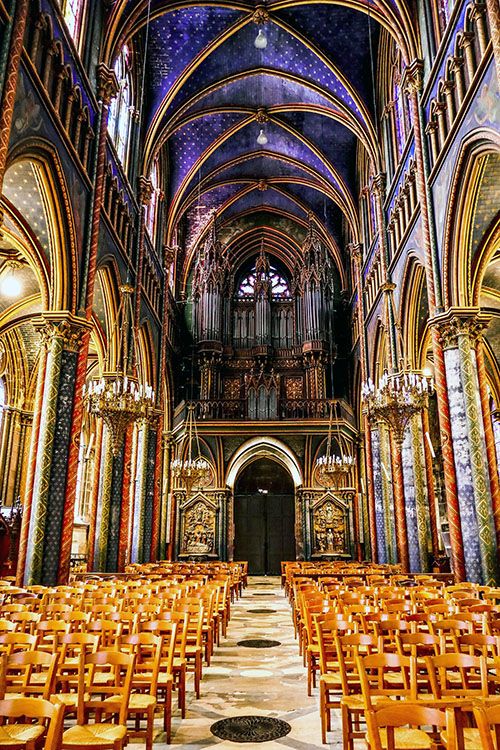
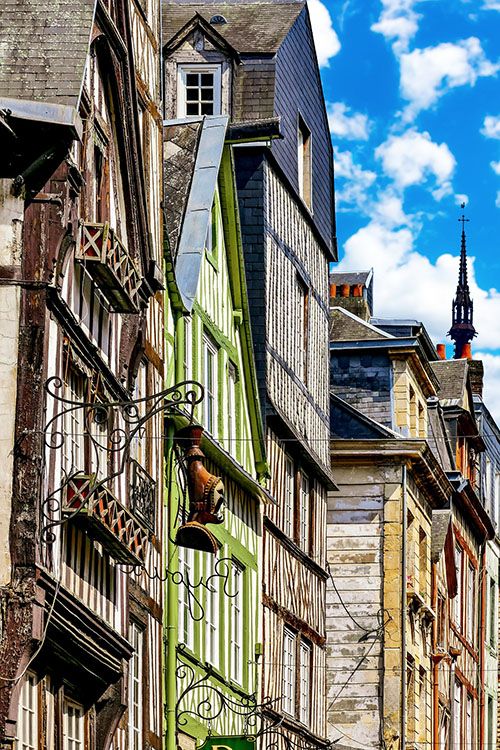
Honfleur and the Côte Fleurie
Honfleur is an idyllic seaside resort at the mouth of the Seine. Centuries ago, Honfleur was an important maritime port. Today it is one of the most charming ports in France. During the 19th century, famous painters such as Monet, Cezanne, Renoir and Courbet came to Honfleur to immortalise this picturesque town in their work. In the former salt warehouses, the Greniers à Sel, there are exhibitions by the current artists of Honfleur. Vieux Bassin (the old dock) in the centre shows you the beautiful high houses of the city at their best.
The painter Eugene Boudin was born in Honfleur. He is known for his beautiful seascapes. You can admire his works in the museum of the same name. Composer Eric Satie was also born in Honfleur. In Les Maisons Satie, you can learn a lot about him and listen to his beautiful compositions.
An amazing sight is the St. Catherine Church. The special thing about this church is that it is completely made of wood. Near Honfleur, you can see the immense bridge “Pont de Normandy”. This cable-stayed bridge spans the Seine between Le Havre and Honfleur. You can use the bridge toll free as a pedestrian and cyclist and enjoy the beautiful view. Motorists do pay a toll for the bridge.
The Côte Fleurie between Villerville and Cabourg has many beautiful, elegant seaside resorts. Trouville and nearby Deauville are the most famous and most visited ones. The smaller towns more to the west, such as Villers-sur-Mer and Houlgate, are quieter.
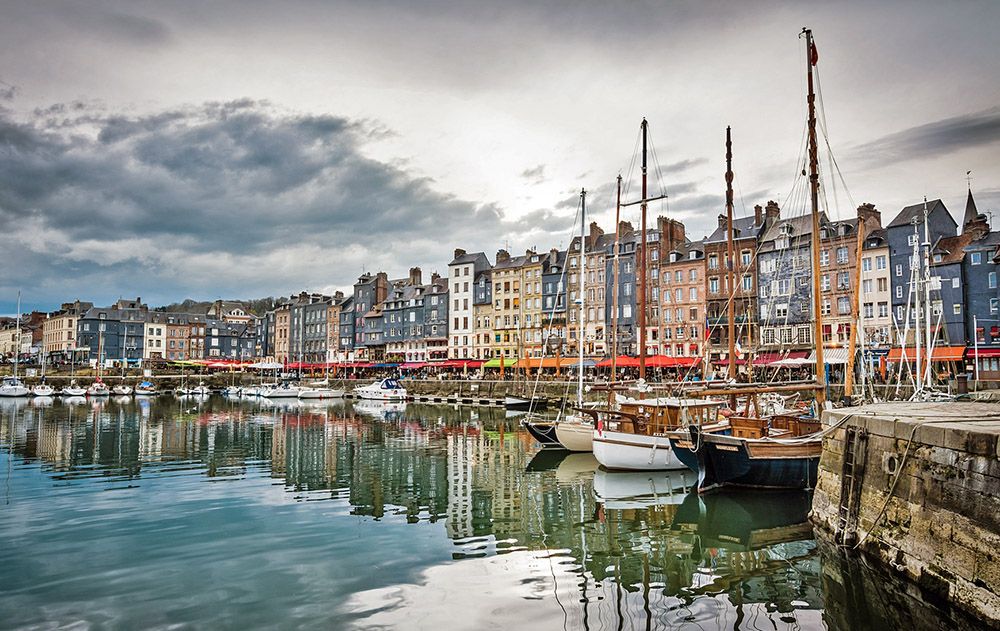
Chalk cliffs on the Côte d’Albatre
Normandy is best known for its coastline with large chalk cliffs, which you can best admire at the Cote d’Albatre, located between the cities of Le Havre and Le Tréport. The steep cliffs, about one hundred metres high, form a rough transition between land and sea. On the coast, impressive 19th century villas and narrow fishermen’s houses alternate. Between the chalk cliffs there are many pebble beaches.
The most photogenic part of the Côte d’Albatre is the Falaise d’Aval, just west of the town of Etretat. Because of the erosion, the rock has worn into an arch. French writer Guy de Maupassant, who was born in the region, was the first to describe this rock as an elephant sticking its trunk into the sea and with some imagination you can agree with him.
There are two places where you can go from the cliffs to the beach in a special way. In Saint Martin aux Buneaux, via a large ladder. In Sotteville Sur Mer, a village at an altitude of 60 metres on the cliffs, there is a staircase of 231 steps leading to the sea. This staircase was formerly used to bring up boulders with lorries.
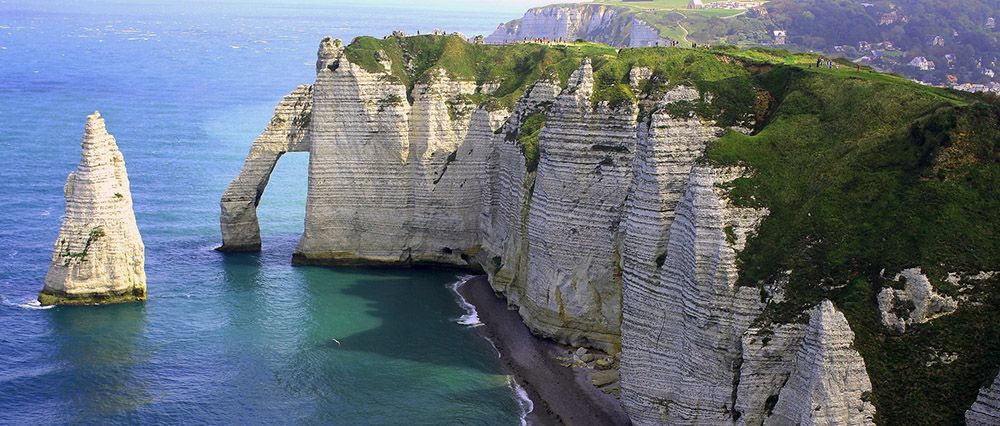
The D-Day landing beaches
In the early morning of 6 June 1944, one of the largest military operations in history began in Normandy. It was the Allied Forces’ invasion to defeat the German occupiers. This was done under the name Operation Overlord. Paratroopers were dropped near Sainte-Mere-Eglise and thousands of young soldiers were dropped off on five different beaches.
American troops tried to land on Utah Beach and Omaha Beach. The British and Canadians did this on Gold, Juno and Sword Beach. These beaches have always kept their nicknames.
The Pegasus bridge over the Caen canal shows the first house that was taken back from the occupiers. The invasion eventually led to the liberation of Paris in August of that year. But the Battle of Normandy had many victims. Young soldiers lost their lives far from home in order to liberate Europe.
80 years ago
In 2024, it will be 80 years since Operation Overlord was launched. Naturally, there are many special commemorations and exhibitions in the region. Museums set up special exhibitions to keep the memory of this battle alive and to pass it on to younger generations. Visiting Normandy is in fact a moral obligation to visit museums such as such as the Landing Museum in Utah Beach, the Airborne Museum in Sainte-Mère-Église, the Landings Museum in Arromanches, or the Caen Memorial Museum in Caen. A visit to one of the many cemeteries is also very impressive.
On the occasion of the 80th anniversary of D-Day, there will be a large commemoration ceremony on 6 June, where many world leaders will be present. Other events and festivities will be held from 1st March to 1st October 2024. More information about the 80th commemoration of D-Day can be found on the official website of the Normandy Regional Tourist Board. The program for the commemoration will be continuously updated on this page. So, keep an eye on the site.
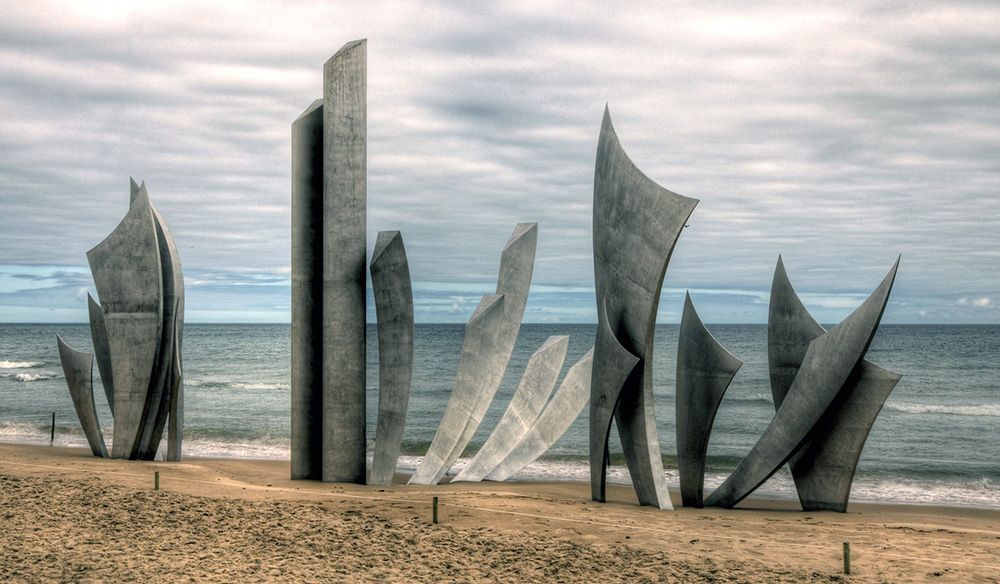
Bayeux
The town of Bayeux is very nice and you should definitely visit it. You can walk through the cosy streets, such as Rue St-Martin and Rue St-Jean. The main attraction of the city is the Notre Dame Cathedral.
You can also admire the Bayeux Carpet in the city. This is a 70-metre-long canvas depicting the Norman conquest of England in 1066. Actually, you can consider this “comic strip” as a historical document. In a restored seminar, the Guillaume-le-Conquerant (William the Conqueror) Centre, is where you can admire the carpet. Be sure to take the audio tour. This will teach you much more about the work of art itself and the Battle of England.
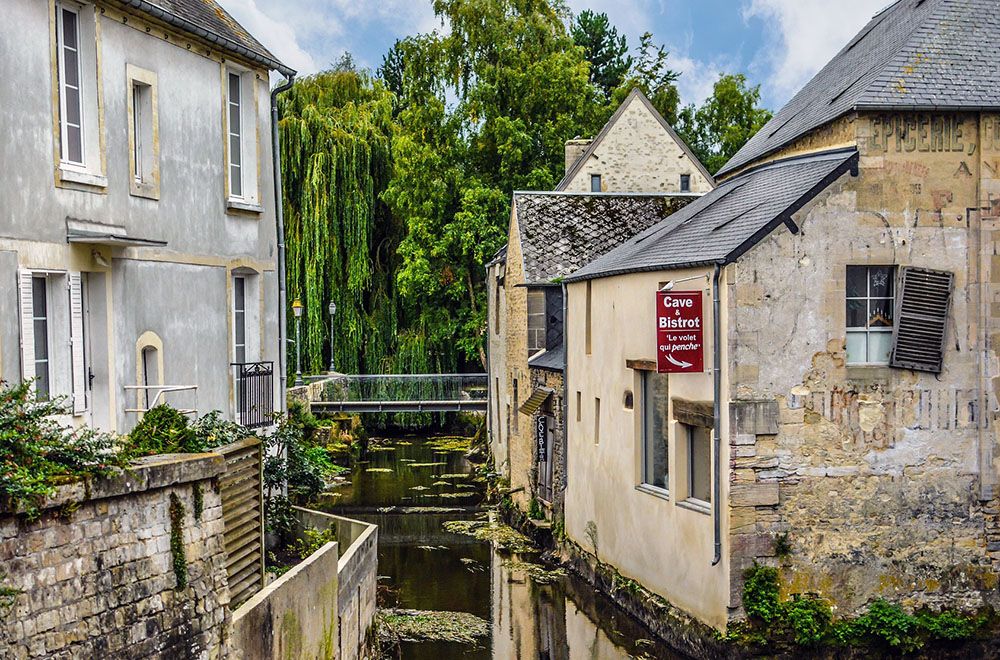
Marais du Cotentin et du Bessin Nature Park
The Marais du Cotentin et du Bessin Regional Nature Park is the size of the Utrecht province. It is situated on the border of Manche and Calvados in Normandy. This vast park offers a rich variety of flora and fauna. Its unspoiled, rural character comprises protected hedgerow landscapes, marshy marshlands, and extensive heath and coastal areas. You can engage in numerous activities such as birdwatching, canoeing, horse riding, and even mudflat walking. Additionally, the park offers opportunities for splendid boat trips, walks, and bike rides.
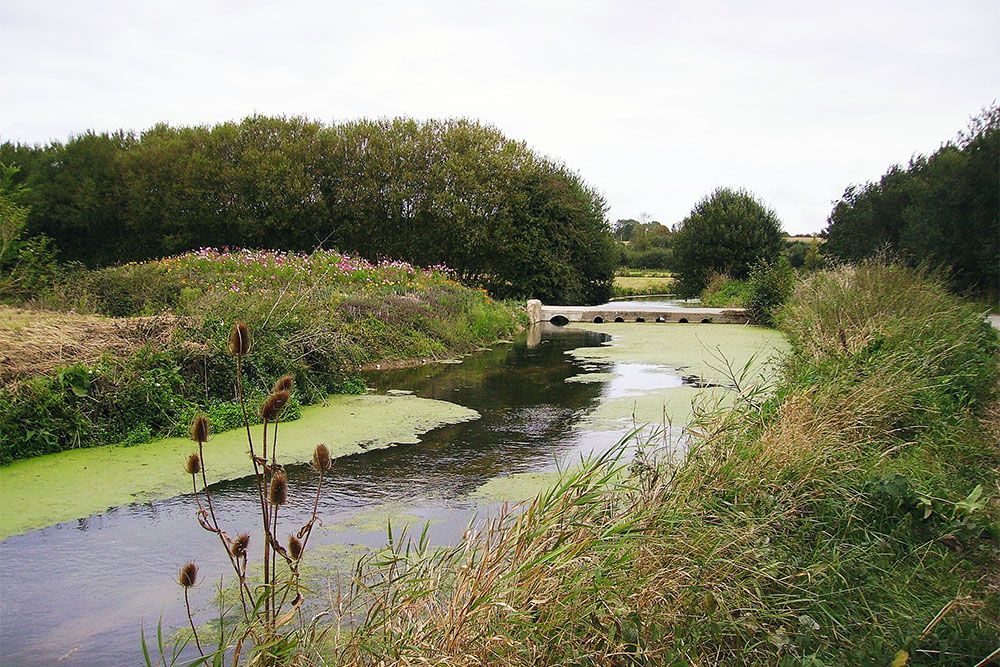
Mortain-Bocage
The Mortain-Bocage is an exceptionally beautiful region located in the heart of Normandy. The area is renowned for its rich history dating back to Roman times. The region boasts several remarkable historical sites, including the impressive Mont Saint-Michel Abbey. However, the region is particularly known for its lush green landscapes, picturesque valleys, and breathtaking waterfalls. Therefore, it’s no surprise that there are numerous splendid walking and cycling routes. Furthermore, culture enthusiasts will find plenty to explore in Mortain-Bocage. There are many local markets, festivals, and events where you can experience the region’s rich culinary traditions and crafts. Moreover, the surrounding area is dotted with charming villages and towns, each with its own unique character and heritage.
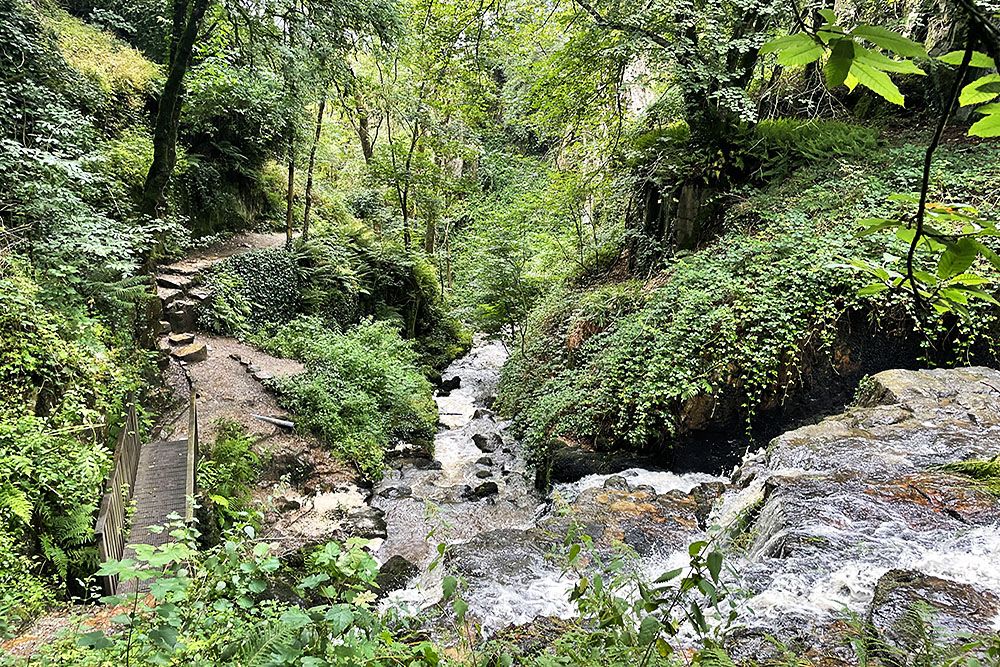
Frequently Asked Questions about visiting Normandy
The period from May to September is ideal for visiting Normandy. If you want to avoid peak season, it is therefore best to choose the months of May and September. Keep in mind that there may be precipitation all months due to the Atlantic current. Bringing a rain jacket is fairly certainly a must.
Normandy is particularly known for its rugged, rugged coastline with imposing chalk cliffs and beautiful beaches. But in addition to natural beauty, the region also offers many historical sights and cultural experiences. Some highlights of Normandy that you shouldn't miss during a visit to the region are:
- Mont Saint-Michel: Iconic island with a beautiful abbey and narrow streets.
Rouen: A beautiful city on the Seine with historical architecture, including the Cathédrale Notre-Dame, and associated with Joan of Arc. - Honfleur and the Côte Fleurie: A picturesque seaside resort with a rich artistic history and charming houses. The Côte Fleurie offers many beautiful seaside resorts.
- Chalk Cliffs of the Alabaster Coast: Impressive cliffs and beaches, including the famous Falaise d’Aval.
- The D-Day Landing Beaches: Historical locations where the Allies landed during Operation Overlord in 1944, with museums and commemorations in honor of the event.
- Bayeux: A charming town with the Cathédrale Notre-Dame and the Bayeux Tapestry, depicting the Norman conquest of England in 1066.
- Marais du Cotentin et du Bessin: a particularly vast nature park with protected hedgerow landscapes, marshes, heath and coastal areas.
- Mortain-Bocage: a region renowned for its rich history, picturesque valleys, breathtaking waterfalls, and lush green landscapes.
French cuisine is, of course, well known. So, all French dishes can be found in Normandy, often in small cosy restaurants and prepared with care and love by the chef. Fish and seafood are the speciality in Normandy. Oyster farming is particularly important in the region. The famous Camembert cheese comes from this region. Livarot, Neufchâtel and Pont l’Eveque are other good cheeses from Normandy, those less well known. Thanks to the many apple orchards you can buy cider and calvados in every village. In every pastry shop you will find tarte normande, a delicious apple pie.
Normandy offers sufficient accommodation in all price ranges for all types of accommodation. We have been on small camp sites right on the coast several times with our camper van. Additionally, in peak season you can book there without reserving in advance. In the big cities like Rouen, Bayeux and Caen, it may be a bit busier in peak season and you might be wise to book a hotel in advance.
Other topics you may be interested in
- Mont Saint-Michel, iconic island near Normandy
- Rouen in Normandy | highlights and travel tips
- On a cycling holiday along the Vélomaritime in Normandy
- Côte d’Albâtre in Normandy | the nicest villages
- City break to the historic port city of Cherbourg in Normandy

